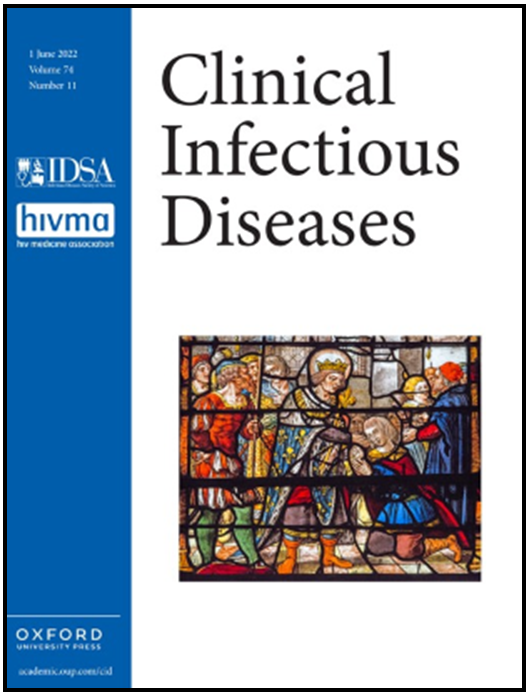Improving Influenza Vaccines
Influenza leads to 290,000 - 600,000 deaths each year globally (WHO). In the United States since the 2010-2011 season, there have been an average of 36,000 deaths and 430,000 hospitalizations each year (CDC). As such, describing the burden of influenza disease in children and refining vaccines remain critical parts of combating this deadly virus. A number of CCIV investigators are continually involved in these efforts.
 A team led by CCIV Investigators, Satoshi Kamidani and Evan Anderson, recently published findings in Clinical Infectious Diseases on influenza hospitalization rates among different pediatric age groups. Their cross-sectional study identified hospitalized children under 18 with influenza from 2010-2019.
A team led by CCIV Investigators, Satoshi Kamidani and Evan Anderson, recently published findings in Clinical Infectious Diseases on influenza hospitalization rates among different pediatric age groups. Their cross-sectional study identified hospitalized children under 18 with influenza from 2010-2019.
Over the course of nine flu seasons, adjusted influenza-associated hospitalization rates in children ranged from 10 to 375 per 100,000 persons each season, with the highest hospitalization rates among infants under 6 months. Additionally, the use of antiviral treatment during this time significantly increased from 56% to 85%. Influenza vaccination coverage among hospitalized children over time was suboptimal (33-44%) and consistently lower than the national average of US influenza vaccination rates in each season (51-63%).
While hospitalization and death rates were greatest among younger children in this population group, those who were older had a higher risk of severe outcomes among hospitalized children. The study found that hospitalized children 13 years and older had higher chances of developing pneumonia, ICU admission, mechanical ventilation, and death.
 Another CCIV-led research team, which included Xuemin Chen, Christina Rostad, Larry Anderson, and Evan Anderson, published their findings in Virology on influenza antibody-dependent cellular cytotoxicity (ADCC) antibodies and their associations with protection from disease.
Another CCIV-led research team, which included Xuemin Chen, Christina Rostad, Larry Anderson, and Evan Anderson, published their findings in Virology on influenza antibody-dependent cellular cytotoxicity (ADCC) antibodies and their associations with protection from disease.
Multiple antibodies have been associated with protection from influenza. For instance, influenza ADCC antibodies have shown protection against disease and cross-protective potential among influenza strains. As such, the study team sought to learn if ADCC antibodies also contribute to year-to-year differences in vaccine effectiveness. Through the development of ADCC antibody assays, the team was able to learn more about these antibodies’ contributions to vaccine immunogenicity.
Of the 70 participants in a 2014-2015 study of influenza vaccination, all had ADCC antibodies prior to vaccination. This was not surprising given the likelihood of multiple exposures to influenza infections and vaccines throughout participants’ lives. However, the team also found a modest boost in ADCC concentration levels after vaccination, suggesting a relationship between vaccination and ADCC antibodies.
Quite unexpectedly, the team found significant differences between ADCC antibody concentrations among vaccine and circulating strain proteins, with higher antibody titers observed against vaccine strains. This finding suggests that differences in ADCC antibody concentrations between vaccine and circulating strain immune responses may contribute to vaccine effectiveness. This potential connection, the team recommends, is an avenue for further research to improve available influenza vaccines. §